Compared to the other major sports, the MLB Draft doesn’t get as much attention, largely because a lot of fans need MLB Draft eligibility explained.
It’s certainly not the easiest draft to understand with age limits for the baseball draft and various MLB Draft eligibility rules.
MLB Draft eligibility explained
But if more fans understood the draft, they would get more excited about it and have debates every year about sleeper picks and the best MLB Draft class, just as we see in other sports. Let’s try to do just that by explaining some of the rules of the MLB Draft and answering some common questions that fans have.
How does a player enter the MLB Draft?
Unlike other sports, players don’t have to formally declare their intention to enter the MLB Draft pool. Teams have the freedom to select any player who meets the eligibility requirements. However, high school players can choose to remove their name from consideration prior to the draft if they wish not to be selected.
Prior to the draft, MLB will release a list of the 300 best players who are eligible for the draft. These players are given the option to share their medical history with all 30 MLB clubs to look at ahead of the draft. Of course, they also have the option of not sharing this information. Among those 300 players, MLB also designates the top 50 pitchers, who also have the option of giving the 30 teams a recent MRI of any body part that received medical treatment over the previous year, although they can decide not to share this information.
What is the age limit for the Draft?
The age limit for the MLB draft is 17. For high school players who have not attended college, they must have earned a high school diploma to be eligible. It’s worth noting that for eligibility purposes, a GED is not considered equal to a high school diploma.
If a player graduates high school before the age of 17, they must turn 17 within 45 days of the draft. They also need to provide MLB with a written notice regarding their early graduation. Players also become eligible for the MLB draft if their high school class graduates and their high school athletic eligibility expired, they dropped out of high school at least 365 days before the draft, or they attended a junior college during the previous school year.
How does MLB Draft eligibility work?
MLB eligibility rules can get a little complicated because teams draft both high school and college players. First, all players who graduated from high school in the U.S., Canada, or U.S. territories (including Puerto Rico) are eligible if they have not enrolled in a college. Even if they have accepted a scholarship offer from a college, as long as they have not enrolled, they remain eligible.
For college players, anyone who is enrolled in a community college or a junior college is always eligible to be selected in the MLB Draft. However, the rules are different for those who enroll in a four-year college. Those players are only eligible three years after first enrolling in a four-year college or after they turn 21, whichever one comes first. Even if a player enrolls in a four-year school and then drops out, they must wait three years or until they turn 21 to be eligible for the MLB Draft.
In this system, many players are drafted straight out of high school and then have the option of either signing with the team that drafted them or enrolling in a four-year college. If they opt to attend college, they know that they won’t become eligible again for three years or until after their 21st birthday.
What changes have been made to eligibility?
There have been no significant changes made to player eligibility over the years. The MLB Draft remains exclusive to American and Canadian players while international players have a separate system for signing with teams.
There have been changes to the number of rounds in the draft and how teams receive extra draft picks. However, eligibility rules for MLB’s first-year player draft have remained largely unchained throughout the draft’s history, which dates back to 1965.


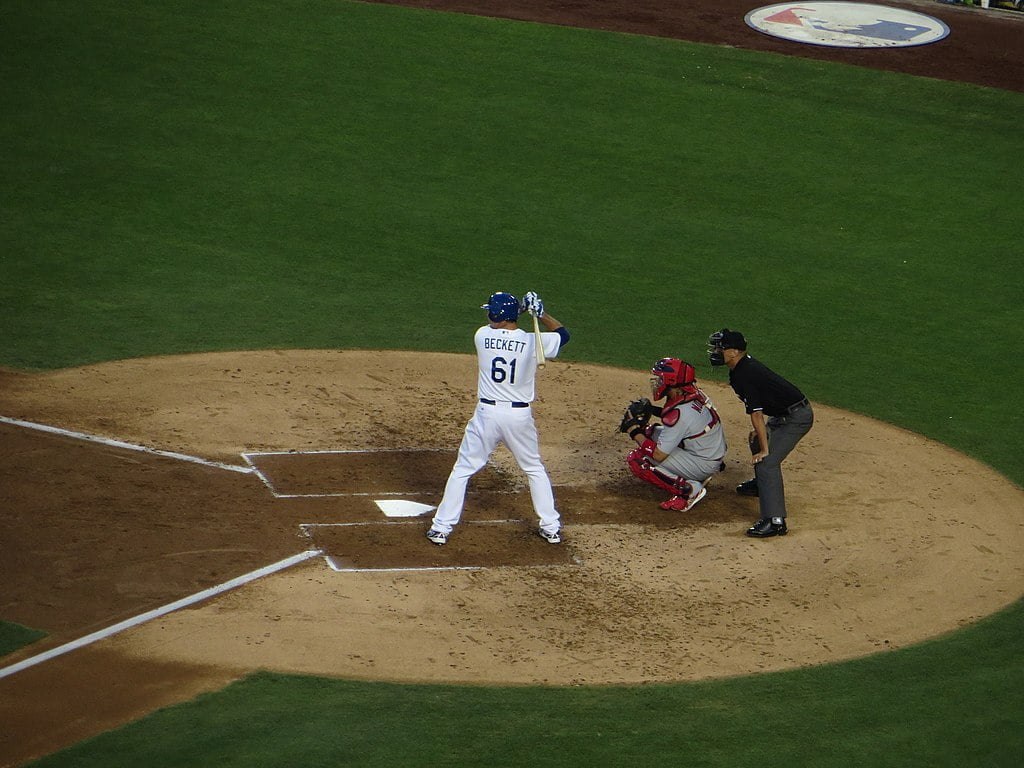
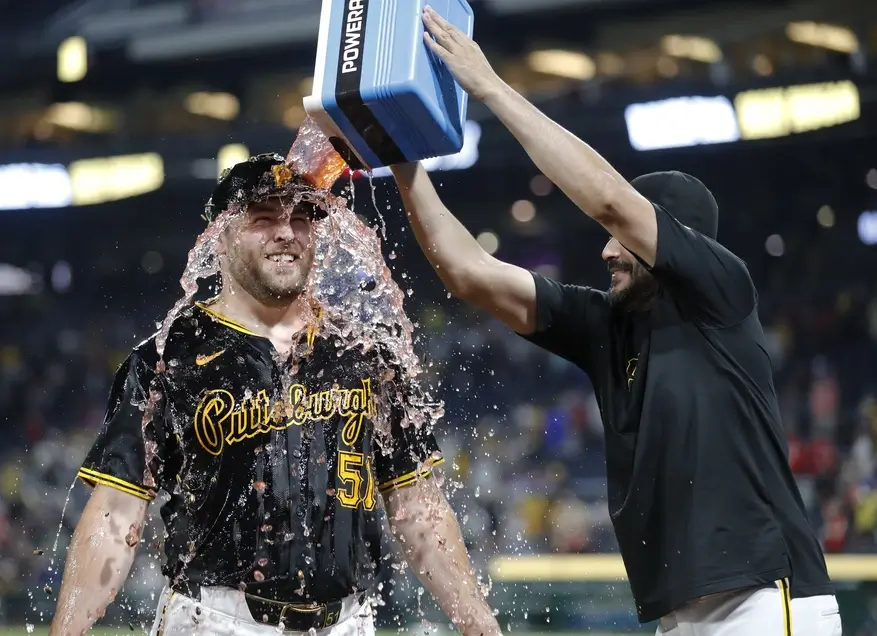
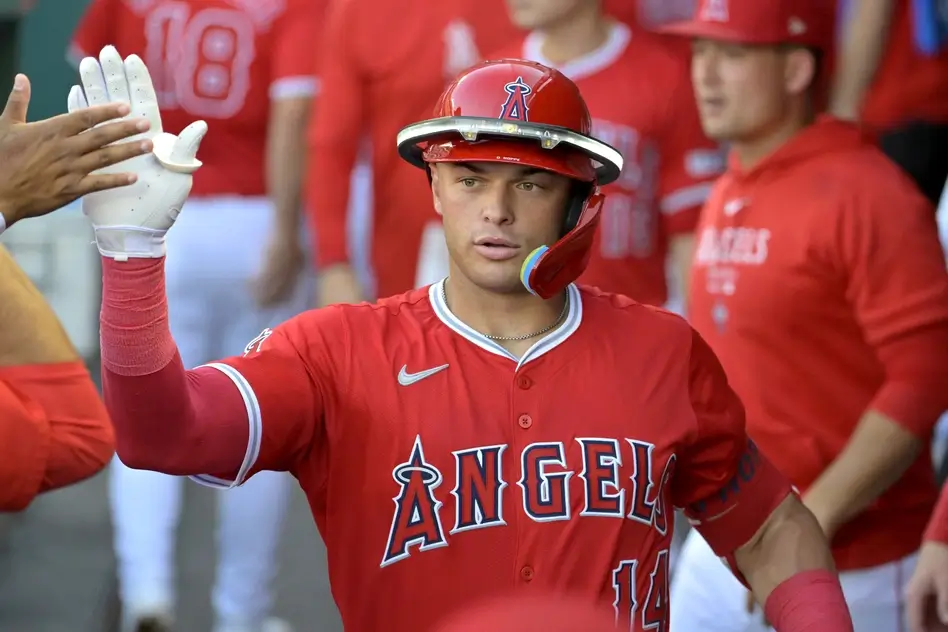
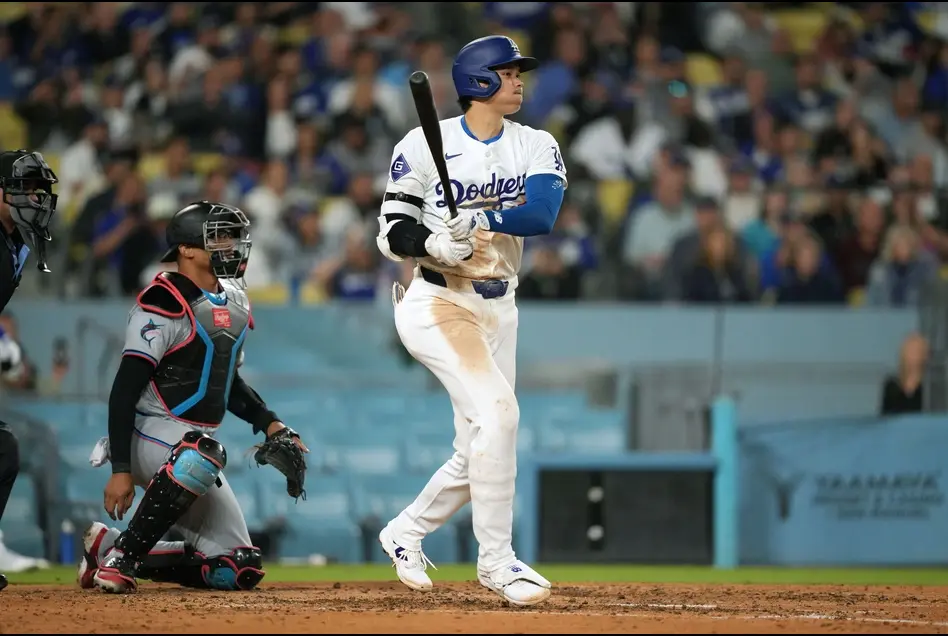

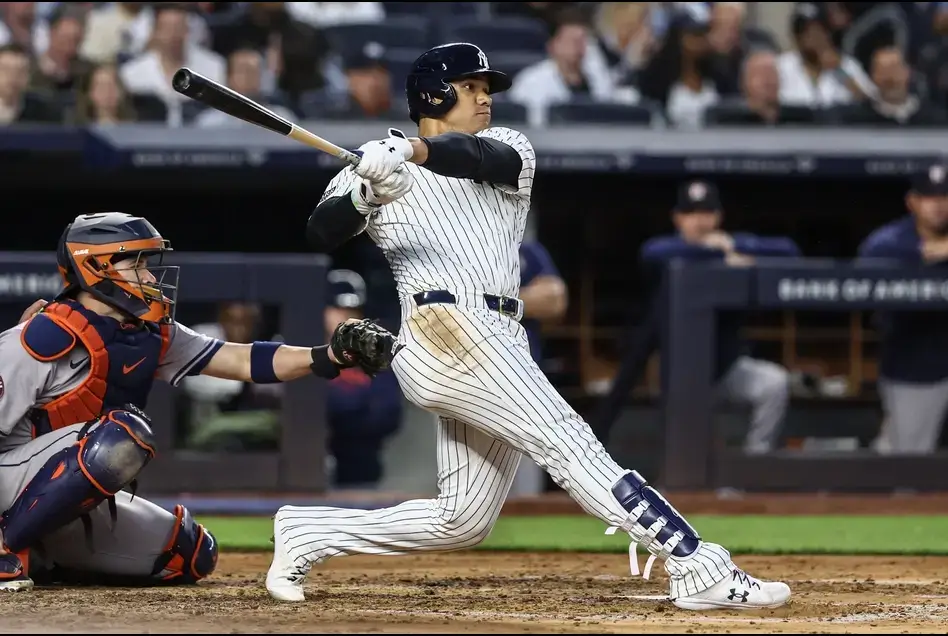
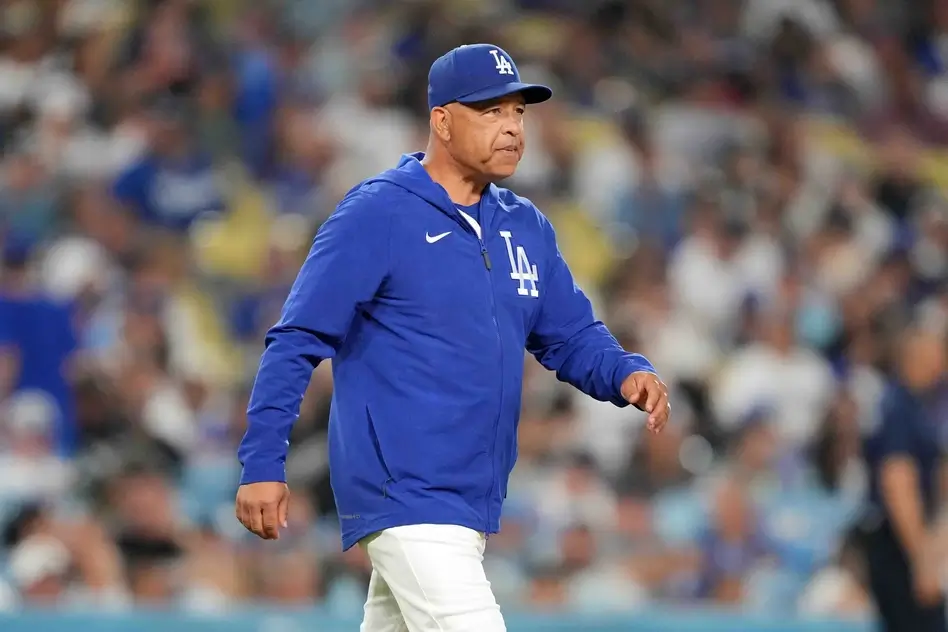
If my son who is 22 decide to go to college now can he have a chance to play professional baseball??